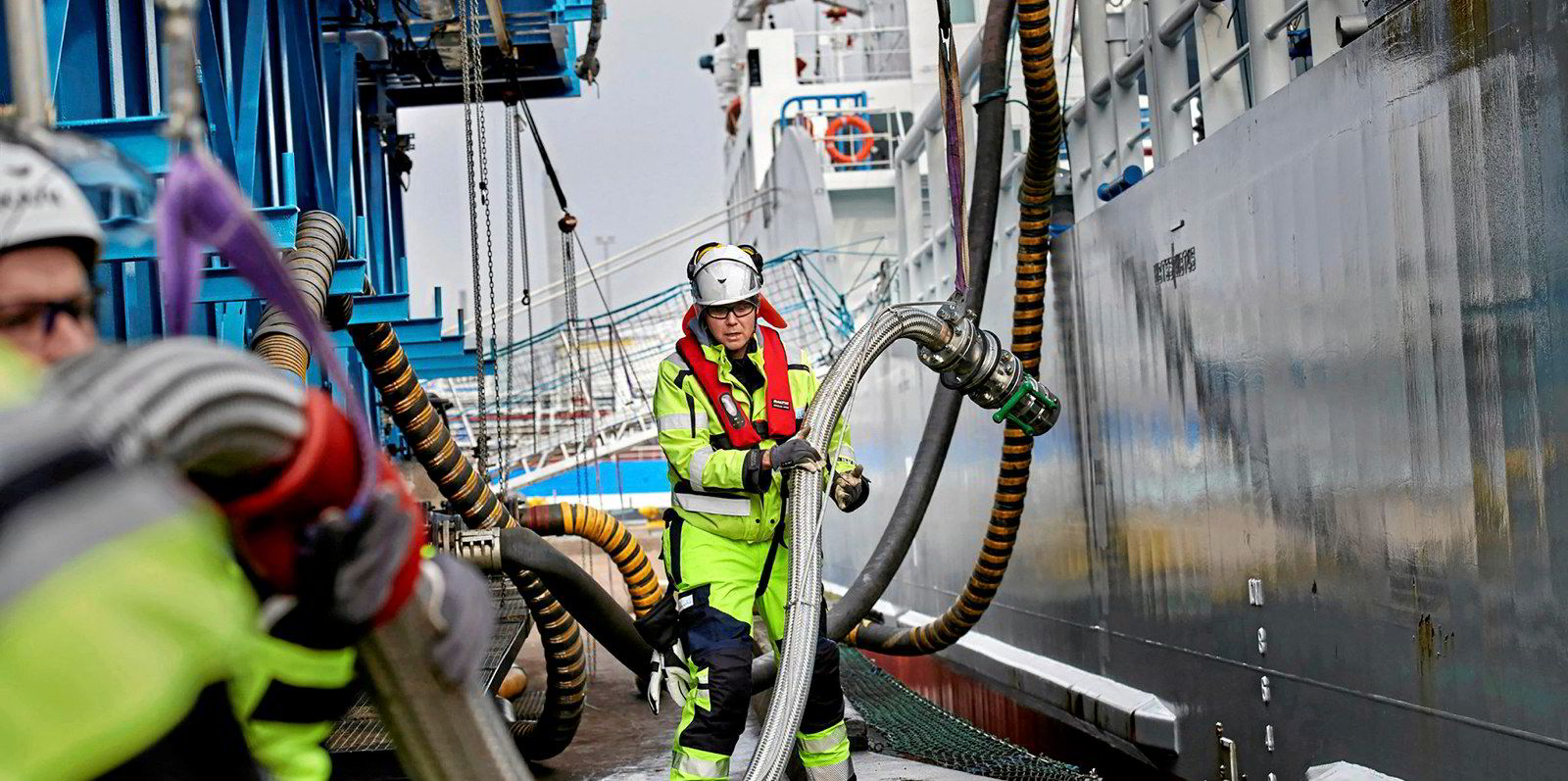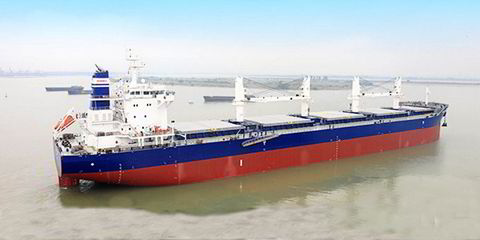Shipowners are at risk of making costly mistakes if they fail to consider the differences in the energy volume and density of low emission future fuels when making their investment decisions on vessels, according to SEA-LNG.
The industry coalition said greater understanding around the comparative pricing, vessel performance and procurement of marine fuels is required.
SEA-LNG said the energy density of a fuel is often overlooked due to what it described as “legacy” fuel comparison methodologies where like-for-like comparisons based on unit volume or weight alone do not take a fuel’s real energy value property into account.
“Evaluating fuel performance and price by metric tonnes is no longer fit for purpose without the correct context,” the group said.
Instead, SEA-LNG said companies need to take a fuel’s real energy value into account.
Critical considerations
SEA-LNG urged owners to consider volumetric energy density of a fuel which will determine the storage space required for bunkers and ultimately the remaining area available for cargo.
“The lower energy density will have an even bigger impact on vessel design, deadweight tonnage, cargo volume and passenger space,” the body said.
SEA-LNG gave the example of liquefied ammonia which it said has approximately half the volumetric energy density of synthetic LNG and therefore requires twice the storage capacity.
The group also said owners should consider gravimetric energy density – the amount of energy a fuel contains in comparison with its mass – which it said is “critical” when comparing the energy costs of different fuels.
SEA-LNG said buying fuel is about purchasing energy to propel and power a ship.
“Understanding how much energy you are buying is therefore an essential component of the bunker transaction,” the group said.
SEA-LNG said that compared to very low sulphur fuel oil, LNG’s energy cost per tonne contains 20% more energy per tonne.
Misunderstood
Wartsila’s John Hatley, who is chair of SEA-LNG’s Investment Working Group, told TradeWinds that while the fundamentals on energy volume and density are explicitly understood they are still misunderstood by a wide range of people.

Hatley said fuels need to be considered on a dollars per energy basis rather than dollars per tonne.
“It’s amazing to me that I keep coming across these fundamental misunderstandings,” he said.
If decision makers get this wrong it could cut millions of dollars from the wealth gain an investment might otherwise attain and missing the carbon reduction opportunity.
“Understanding the different physical properties of current and future marine fuels is critical for the industry to make the right investment and fuel procurement choices. Getting it wrong will be costly,” Hatley said.
“We need to understand and standardise the methodology now, so that the industry can start basing its fuel comparisons on a level baseline.”
SEA-LNG chairman Peter Keller said that failing to make comparisons of energy density are leads to a distorted picture.
“This can seriously skew vessel operating forecasts and is an obvious concern when considering newbuild and infrastructure investments,” he said.
“Shipowners and operators must have accurate and valid information to support shipping’s decarbonisation pathway.”






